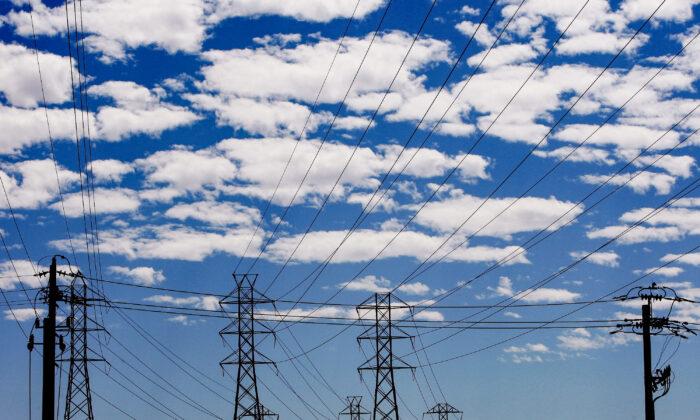It comes after a February 2022 EPA ruling that reversed a Trump administration action in 2020 on the Mercury and Air Toxics Standards (MATS) for power plants.
Those standards were first issued by the Obama administration EPA over a decade ago.
The Supreme Court in 2015 ruled that the EPA should have accounted for the new standards’ costs to power plants.

Now, with the agency’s latest proposal, current power plants that run on lignite coal face a 70 percent cut to their emissions limit for mercury.
The EPA would also cut the filterable particulate matter emissions limit in current coal-fired plants by two-thirds, or 67 percent. That’s meant to address arsenic, nickel, and other hazardous air pollutants coming out of coal plants, according to the agency.
The EPA would mandate that coal-fired plants use continuous emission monitoring systems that comply with those limits.
The agency calculates that its actions would yield up to $3 billion in “public health benefits” between 2028 and 2037.
Mixed Reactions
The Biden administration presented its proposal as a practical measure that would benefit Americans.“By leveraging proven, emissions-reduction measures available at reasonable costs and encouraging new, advanced control technologies, we can reduce hazardous pollution from coal-fired power plants, protecting our planet and improving public health for all,” said EPA Administrator Michael S. Regan in a statement on the announcement.

Yet, energy industry insiders who spoke with The Epoch Times voiced concerns.
Dan Kish, a senior vice president for policy at the free market American Energy Alliance, said the proposal’s goal is “to make electricity prices higher, as are all their energy policies.”
In an April 6 interview with The Epoch Times, he characterized the move as “legal abuse.”
Conor Bernstein, a spokesperson for the National Mining Association, told The Epoch Times that the proposal fit into a broader effort to constrain coal from the current EPA.
“The cumulative effect of the EPA’s agenda is a less reliable and increasingly expensive supply of electricity as the nation continues to struggle with energy-driven inflation,” he said in an April 6 statement to The Epoch Times.
Michelle Bloodworth, CEO of the coal plant trade organization America’s Power, also noted that the latest proposal is part of a larger trend.
“We remain concerned that the combined effects of EPA rules, including a final MATS, will cause more premature retirements of coal plants at the same time grid operators are issuing warnings about the increased reliability risks to the grid due to coal retirements,” she told The Epoch Times in an April 6 email.
Isaac Orr, an energy and environmental policy fellow with the conservative Center of the American Experiment, sees the latest rule as the continuation of a trend that started under Obama, who inaugurated MATS.

Meanwhile, some environmental and public health groups celebrated the EPA’s move.
Grids Lose Generating Capacity
Coal has lost more and more ground in the United States over the past decade.“The amount of generation retirements appears to be more certain than the timely arrival of replacement generation,” PJM’s report states.
PJM supplies electricity for 65 million Americans, including Washington and its outlying suburbs.

“Even as the nation’s grid operators and grid reliability regulators escalate their warnings of capacity shortfalls and the growing threat of blackouts, EPA is not listening and has hijacked the reins of the nation’s energy policy at an extraordinarily precarious time,” Bernstein said.
Orr drew attention to risks elsewhere in the North American grid.
“Biden’s MATS rule will be particularly dangerous for grid reliability in the Midwest because the Midcontinent Independent Systems Operator (MISO), a 15-state regional power grid spanning from Minnesota to Mississippi, is already at risk of rolling blackouts. MISO currently has a 1,200 megawatt (MW) capacity shortfall, meaning there is not enough reliable power plant capacity to meet its safety margin,” he said.
Forty-five million people are served by MISO.
It warned that the system’s latest retirements are part of an “accelerating trend.”
“This rule will make this situation worse by tightening regulations on lignite coal plants. The state of North Dakota supplies the MISO grid with approximately 2,000 MW of power from lignite plants. If these rules force those plants offline, it would nearly triple MISO’s current capacity shortfall and push the Midwest closer to devastating rolling blackouts,” Orr said.
Meanwhile, China in the past year has stepped up the permitting and construction of coal-fired plants.







